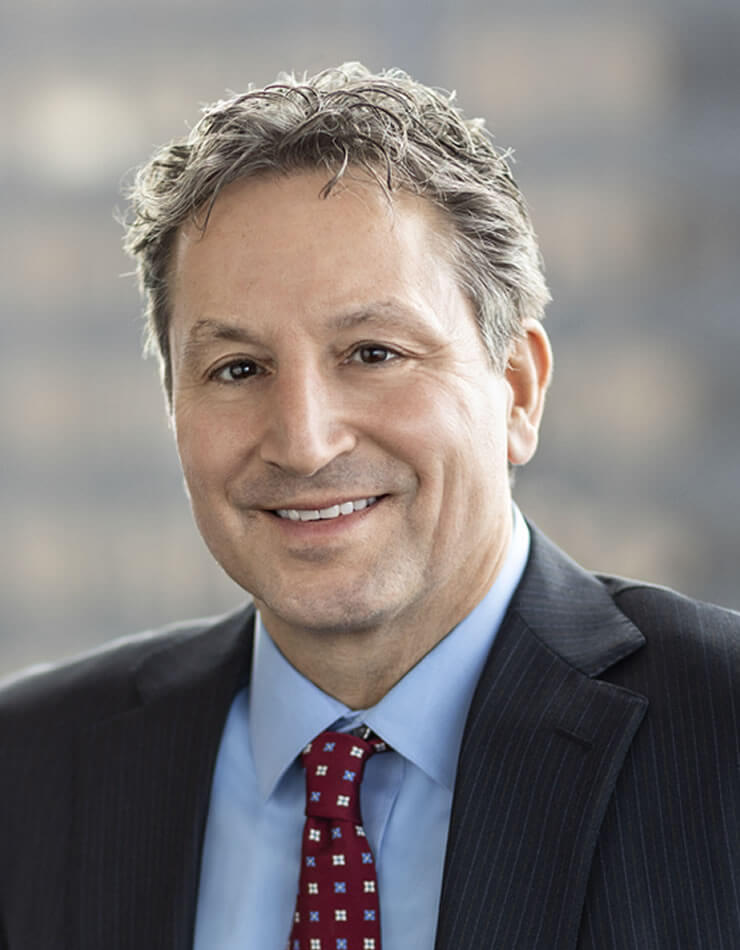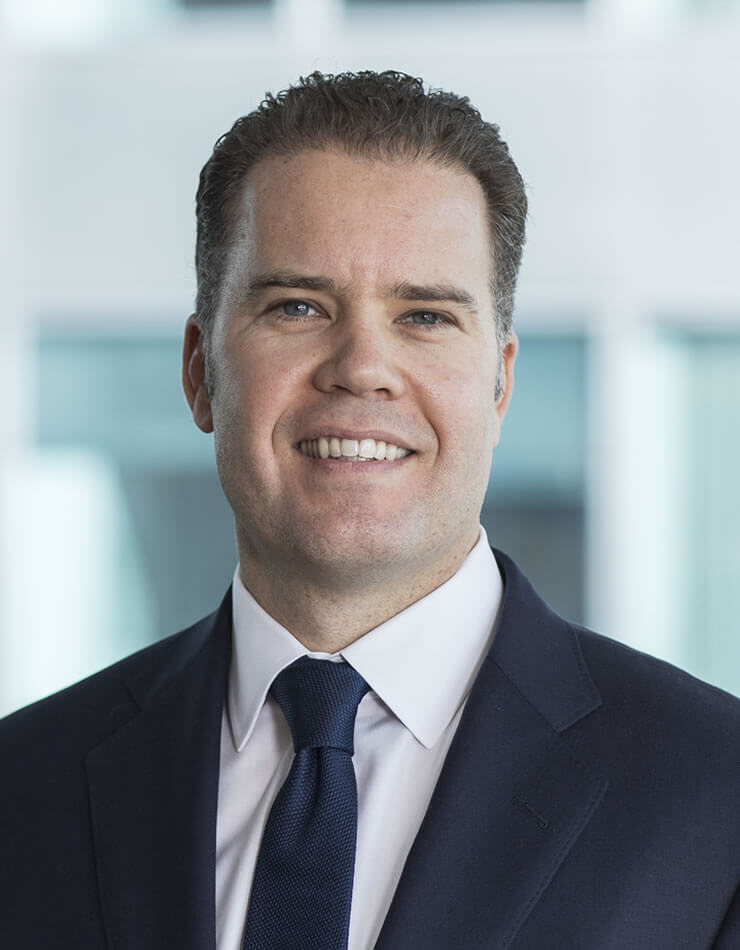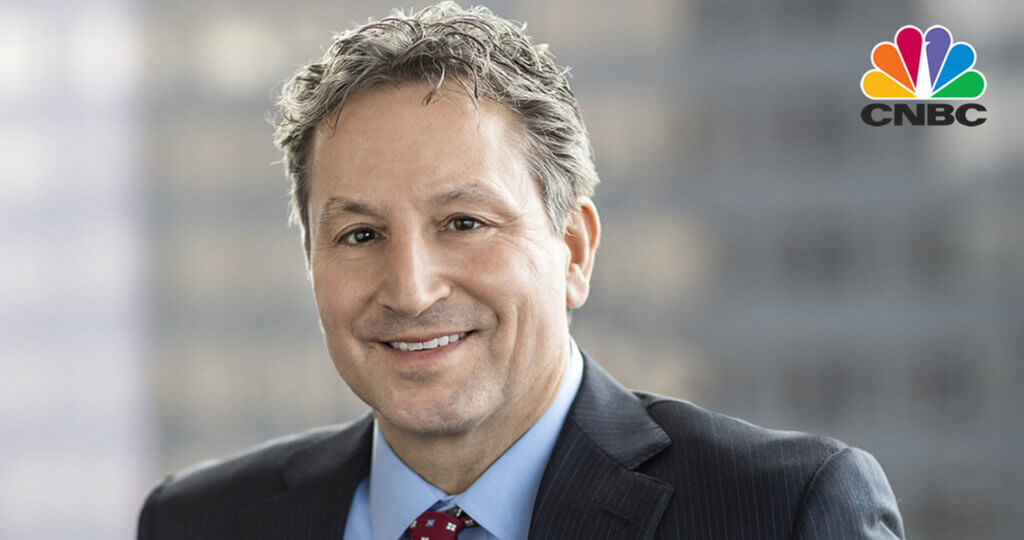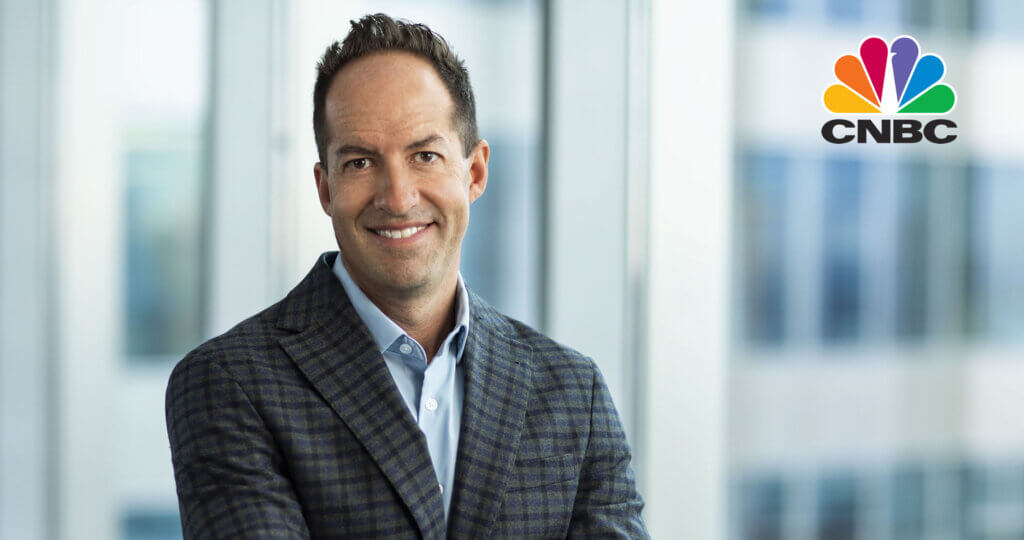Oakmark Global Fund – Investor Class
Average Annual Total Returns 06/30/19
Since Inception 08/04/99 9.66%
10-year 10.00%
5-year 3.59%
1-year -2.03%
3-month 4.31%
Gross Expense Ratio as of 09/30/18 was 1.21%
Net Expense Ratio as of 09/30/18 was 1.15%
Past performance is no guarantee of future results. The performance data quoted represents past performance. Current performance may be lower or higher than the performance data quoted. The investment return and principal value vary so that an investor’s shares when redeemed may be worth more or less than the original cost. To obtain the most recent month-end performance data, view it here.
Quarter Update
In the June quarter, the Oakmark Global Fund gained 4.3%, while the MSCI World Index returned 4% and the Lipper Global Fund Index returned 3.1%. These numbers seem to suggest a pleasant rally in the period, but those who follow the market closely know that it was anything but. After slowing down in March from a strong start to the year, stock markets picked up the pace in April, generating unusually strong returns. This more than completely reversed in May, however, as international politics and trade considerations appeared to frighten investors. With the flip of the calendar to June, markets turned upward, and they did so with vigor. In the U.S., the stock market came close to producing its best June monthly return ever. It is unusual for the market to synchronize its movement with the calendar, but these are unusual times.
For the past three months, the U.S., Switzerland and Germany contributed most to the Fund’s return, while Ireland, Mexico and the U.K. detracted most significantly. The individual holdings that contributed most to return were TE Connectivity (U.S.), Arconic (U.S.), Mastercard (U.S.), Bayer (Germany) and Julius Baer Group (Switzerland). Fund holdings that detracted the most from return were Tenet Healthcare (U.S.), Ryanair Holdings (Ireland), Alphabet (U.S.), Grupo Televisa (Mexico) and Lloyds Banking Group (U.K.).
For the calendar six months, the Fund gained 17.4% versus 17% for the MSCI World Index and 16.2% for the Lipper Global Fund Index. Finally, for the nine months of the Fund’s fiscal year, the Fund lost 2.1%, which contrasts to a 1.3% gain for the MSCI World Index and 0.0% for the Lipper Global Fund Index. Since the Fund’s inception in 1999, it has achieved a compound annual rate of return of 9.7%, which compares to 4.9% for the MSCI World Index and 5.4% for the Lipper Global Fund Index.
In the past calendar six months, the U.S., U.K. and Switzerland led the contributors’ list, while Mexico and Ireland were the only detractors. Individual significant contributors were Mastercard, Citigroup (U.S.), TE Connectivity, Arconic and Julius Baer. Grupo Televisa, Ryanair, National Oilwell Varco and Multichoice (South Africa—received in a corporate action and then sold) were the only detractors. For the fiscal year that began October 1, the countries that contributed the most to the Fund’s return were the U.S., South Africa and India, while Mexico, Germany and Ireland detracted. The five largest contributors to the Fund’s return in the period were Mastercard, General Motors (U.S.), Travis Perkins (U.K.), Naspers (South Africa) and TE Connectivity. The Fund holdings that detracted the most were Grupo Televisa, National Oilwell Varco, Ryanair, Credit Suisse (Switzerland) and Tenet Healthcare.
The U.S. allocation grew modestly in the quarter, but this resulted from stronger relative performance rather than trading activity. The Fund now owns five emerging markets issues, which may be a record. Compared to the MSCI World Index, the Fund has significant country overweights in Switzerland, Germany and the U.K., while it is underweight Japan and the U.S. (though the U.S. has by far the largest Fund weight). In terms of industries, the overweight commitments are financials, consumer discretionary (primarily automotive) and communication services, where Alphabet is the largest holding. The Fund’s significant underweights are consumer staples, energy and health care. We continue to seek out attractive ideas in the underweight sectors, but, especially in health care and staples, we have found it difficult to identify issues that meet our value criteria. In contrast, the financial and consumer discretionary groups are replete with conservatively valued issues as investors attempt to discount the effects of suppressed interest rates and the timing of the next recession. We believe that our holdings in these industries are valued appropriately for these risks.
Portfolio Activity
During the quarter, we added one new international holding, while the U.S. count dropped by one when the takeover offer for USG was completed. Samsung Electronics (South Korea) is a name we have followed for some time and held in the past. Recent share price weakness once again afforded us the opportunity to initiate a position in this company at a discount to our estimate of its intrinsic value. As a reminder, we find that Samsung enjoys several competitive advantages, including a diverse product line-up, strong global distribution and scale. Along with producing a robust portfolio of consumer electronics and mobile phones, the company is a world-leading manufacturer of semiconductors, a business segment that we find particularly attractive because we believe it provides ongoing revenue and profit. Moreover, due to Samsung’s leading market position and financial strength, it has been able to either maintain or increase both research and development and capital expenditures even during down cycles. We also appreciate the company’s solid balance sheet, strong free cash flow generation and track record of returning capital to shareholders via dividends and share repurchases. All of these attributes add to our confidence that Samsung is committed to adding value for its shareholders.
In this report from the second quarter four years ago, we wrote the following about USG: “New holding USG is the largest producer of wallboard in the U.S. and a leading manufacturer of other building products. After spending five years in bankruptcy related to asbestos in the early 2000s, USG finally reached an agreement to emerge — with its equity intact — on precisely the same month in 2006 that housing starts entered one of the deepest and longest downturns in U.S. history. Nine years later, housing starts are still significantly depressed relative to trend and USG’s profits even more so. It’s no surprise that investors aren’t tripping over themselves to buy shares of USG. But looking further out, as housing and other construction markets fully recover, we believe USG will be earning considerably more and producing substantial free cash flow, as the company benefits from large tax assets which help to shelter earnings.” When we invested in USG, we were completely unfamiliar with Knauf, the privately held German company that recently acquired USG. Knauf’s management saw its business as complementary to USG’s and the company also recognized the undervaluation in USG’s share price. As it happened, Knauf roughly agreed with our understanding of the intrinsic value of USG.
General Motors Update
Six months ago, we wrote about General Motors’ (GM) transformation, particularly the rapid growth in value of the company’s Cruise Automation unit. During the past quarter, Cruise’s valuation increased again, taking it from last year’s $14.5 billion to the $19 billion level. All of the previous investors participated in this investing round and various institutional investors, including T. Rowe Price, joined for the first time. Assuming that GM continues to own roughly 75% of Cruise, it now represents more than one-quarter of the company’s public market value. All of this is for an enterprise yet to earn revenues, much less profit. We continue to believe that investors have not properly rewarded GM management for their efforts to transform the company.
Currency Hedges
We defensively hedge a portion of the Fund’s exposure to currencies that we believe to be overvalued versus the U.S. dollar. As of quarter end, we found the Swiss franc to be overvalued and have hedged approximately 12% of the Fund’s franc exposure.
Thank you for being our partners in the Oakmark Global Fund. Please feel free to contact us with your questions or comments.
The securities mentioned above comprise the following percentages of the Oakmark Global Fund’s total net assets as of 06/30/19: Alphabet Cl C 4.0%, Arconic 2.4%, Bayer 5.4%, Citigroup 3.6%, Credit Suisse Group 3.9%, General Motors 4.3%, Grupo Televisa ADR 1.2%, Julius Baer Group 3.1%, Knauf 0%, Lloyds Banking Group 3.4%, Mastercard Cl A 5.1%, Multichoice 0%, Naspers 2.5%, National Oilwell Varco 1.5%, Ryanair Holdings ADR 2.6%, Samsung Electronics 0.9%, T. Rowe Price 0%, TE Connectivity 4.5%, Tenet Healthcare 1.4%, Travis Perkins 2.2% and USG 0%. Portfolio holdings are subject to change without notice and are not intended as recommendations of individual stocks.
Access the full list of holdings for the Oakmark Global Fund as of the most recent quarter-end.
The net expense ratio reflects a contractual advisory fee waiver agreement through January 27, 2020.
The compound return is the rate of return, usually expressed as a percentage, that represents the cumulative effect that a series of gains or losses has on an original amount of capital over a period of time. Compound returns are usually expressed in annual terms, meaning that the percentage number that is reported represents the annualized rate at which capital has compounded over time.
The MSCI World Index (Net) is a free float-adjusted, market capitalization-weighted index that is designed to measure the global equity market performance of developed markets. The index covers approximately 85% of the free float-adjusted market capitalization in each country. This benchmark calculates reinvested dividends net of withholding taxes. This index is unmanaged and investors cannot invest directly in this index.
The Lipper Global Fund Index measures the equal-weighted performance of the 30 largest global equity funds as defined by Lipper. This index is unmanaged and investors cannot invest directly in this index.
The Fund’s portfolio tends to be invested in a relatively small number of stocks. As a result, the appreciation or depreciation of any one security held by the Fund will have a greater impact on the Fund’s net asset value than it would if the Fund invested in a larger number of securities. Although that strategy has the potential to generate attractive returns over time, it also increases the Fund’s volatility.
The percentages of hedge exposure of each foreign currency are calculated by dividing the market value of all same-currency forward contracts by the market value of the underlying equity exposure to that currency.
Investing in foreign securities presents risks that in some ways may be greater than in U.S. investments. Those risks include: currency fluctuation; different regulation, accounting standards, trading practices and levels of available information; generally higher transaction costs; and political risks.
The discussion of the Fund’s investments and investment strategy (including current investment themes, the portfolio managers’ research and investment process, and portfolio characteristics) represents the Fund’s investments and the views of the portfolio managers and Harris Associates L.P., the Fund’s investment adviser, at the time of this letter, and are subject to change without notice.
All information provided is as of 06/30/2019 unless otherwise specified.









